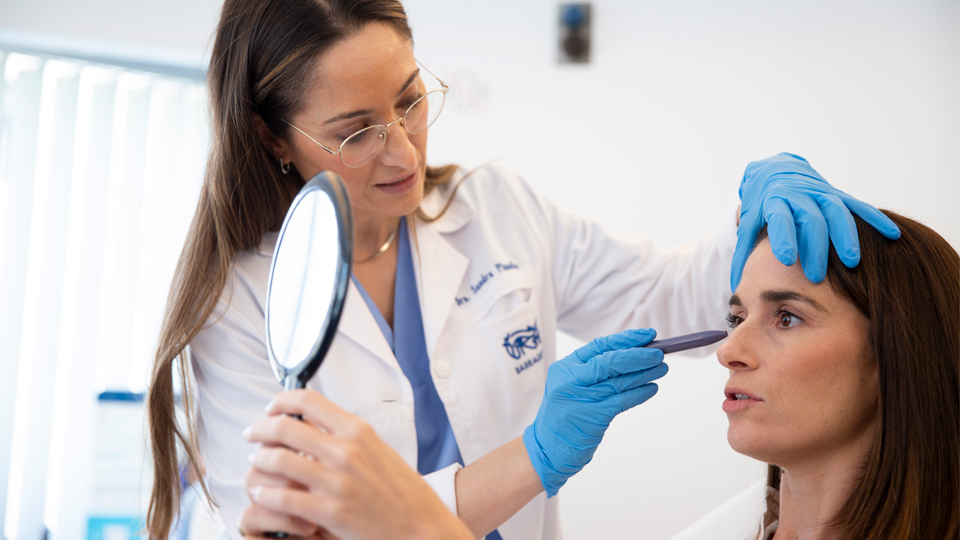Key aspects of visual development in childhood
13/11/2025

30/06/2025
Hyaluronic acid for dark circles has become one of the most sought-after treatments for improving the appearance of the eye contour. Its ability to hydrate, fill and smooth the skin makes it an effective option for those seeking facial rejuvenation without surgery. But does it really work to refresh the appearance of the eyes?
Dark circles can be caused by several factors, such as ageing, genetic predisposition or tiredness. When there is a loss of volume in the area, a hollow forms under the eyes, giving a sunken and aged look.
Filling dark circles with hyaluronic acid restores that lost volume, creating a smoother transition between the lower eyelid and the cheek. Additionally, its hydrating effect improves skin quality, giving a brighter and more rested appearance.
Yes, hyaluronic acid is highly effective in correcting sunken dark circles. Its main benefits include:
The treatment is quick, safe and outpatient, lasting approximately 30 minutes. No prior preparation is required, and the patient can resume their usual routine after the session.
The effects are immediate and continue to improve over the following weeks, resulting in a natural, refreshed appearance.
The rejuvenating effects of hyaluronic acid on the eye area are visible straight away and continue to improve over the following weeks. In general, the results last between 12 and 24 months, although this can vary depending on the patient’s metabolism and the density of the hyaluronic acid used. To maintain the results, annual check-ups are recommended.
Hyaluronic acid is ideal for sunken dark circles, but in cases of pigmented or vascular dark circles, its effectiveness is limited. In such cases, complementary treatments like laser therapy or depigmenting peels may be combined.
Filling dark circles with hyaluronic acid is an effective solution to restore freshness and brightness to the eyes. Its ability to hydrate, plump and improve skin texture makes it one of the best options for those seeking non-surgical periocular and facial rejuvenation. To achieve the best results, it is essential to consult a specialist in aesthetic medicine, who can determine the most appropriate treatment in each case.
Dr. Sandra Planella, ophthalmologist at the Barraquer Ophthalmology Centre
En el ámbito de la oftalmología, la oculoplastia es la especialización que se centra en el tratamiento de los párpados, la órbita ocular y la vía lagrimal. La dimensión estética, particularmente en lo relacionado con el envejecimiento de la mirada, es sin duda lo que más interés despierta. El procedimiento que más demanda recoge es la cirugía de la blefaroplastia. En este capítulo hablamos sobre este tratamiento con la doctora Sandra Planella, coordinadora del área de Oculoplastia del Centro de Oftalmología Barraquer.